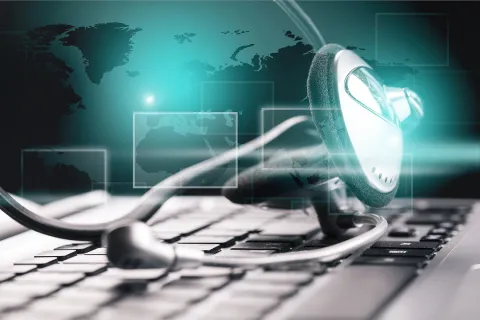
e-labeling plays a critical role in the medical devices industry, as it ensures to improve operational efficiency, maintain brand consistency, obtain compliance and support business growth. Hence, the device industry is moving towards adopting end-to-end e-labeling life cycle procedures, starting from label content creation to review and approvals. How are they beneficial and what kind of challenges one would face while adopting them? Let us know in detail.
e-labeling for Medical Devices - Beneficial Factors
Better Utility and Information
- Easy access to information, enhanced readability and more understandable for users so they can get all the product information.
- Customization for country-specific labels and designs.
- Increased efficiency and utility through online assessment by a regulator and other related information.
Environment Friendly and Time Saving
- Reduced usage of materials for labels and reduced environmental impact.
- The overall time of the manufacturing process is shortened.
- The product information on e-labels can be updated remotely.
Cost-effective and Enhanced Patient Safety
- The e-labels save cost, paper and space and eliminate the risk of IFU (Instructions For Use) getting lost or separated from their associated devices.
- They are durable and are not subject to fading or contamination.
- They enhance device safety and improve information exchange by making frequent updates to the electronic IFUs.
Using QR Codes:
- The QR codes are relatively quick and easy and helps to connect the regulators and consumers to the site hosting compliance and with other requirements.
- Given the proliferation of smartphone access through the use of free apps, the QR codes are used in a wide range of settings and allow the user to scan the QR codes and access the relevant information.
e-labeling for Medical Devices - Challenges
Multilingual Labeling
- To access several geographies, the labels must be safely and accurately customized in appropriate local languages and adhere to the country-specific labeling requirements, designs and Regulatory requirements.
- Any labeling errors can create the risk of brand image damage, especially during product recalls. However, label Lifecycle Management Solutions (LMS) have become an important weapon in the language management arsenal and a proven, validated labeling software system will remove the perceived complexities of local language labeling while meeting country-specific requirements.
Managing Complexities of Expansion
- With constant merges, acquisitions and expansions, the labeling operations of medical devices are significantly affected.
- A labeling software system will improve the label integrity, consistency and help to manage the labeling data more effectively, by assisting in every aspect of the overall labeling process, including, adherence to country-specific requirements and reducing the need for manually monitoring the labeling process.
Controlling Label Defects
- Increasing labeling errors lead to frequent product recalls, besides impacting operational efficiency and profitability.
- Automated vision systems are introduced to ensure more effective, efficient, and secure ways of zero-defect labeling.
Lack of Equipment and Technical Capabilities
- Connectivity issues are encountered while checking e-labels with handheld devices.
- To ensure connectivity, mobile, or Wi-Fi internet services can be used. Also, scanners, that are able to read, and store labels offline can be used, and the labels can be checked later when the device connects to a network.
In a nutshell, e-labeling will reduce the manual intervention and provide consistent quality information, improve patient safety, compliance, and brand integrity, reduce environmental impact and most importantly it will be cost-effective. The only query device manufacturers must ask themselves at this point is “are we e-labeling-ready”? Do a complete gap analysis with a Regulatory labeling expert for medical devices. Stay informed. Stay compliant.









